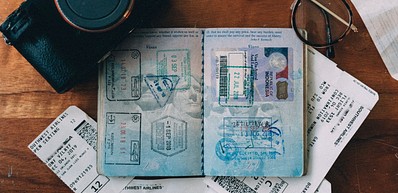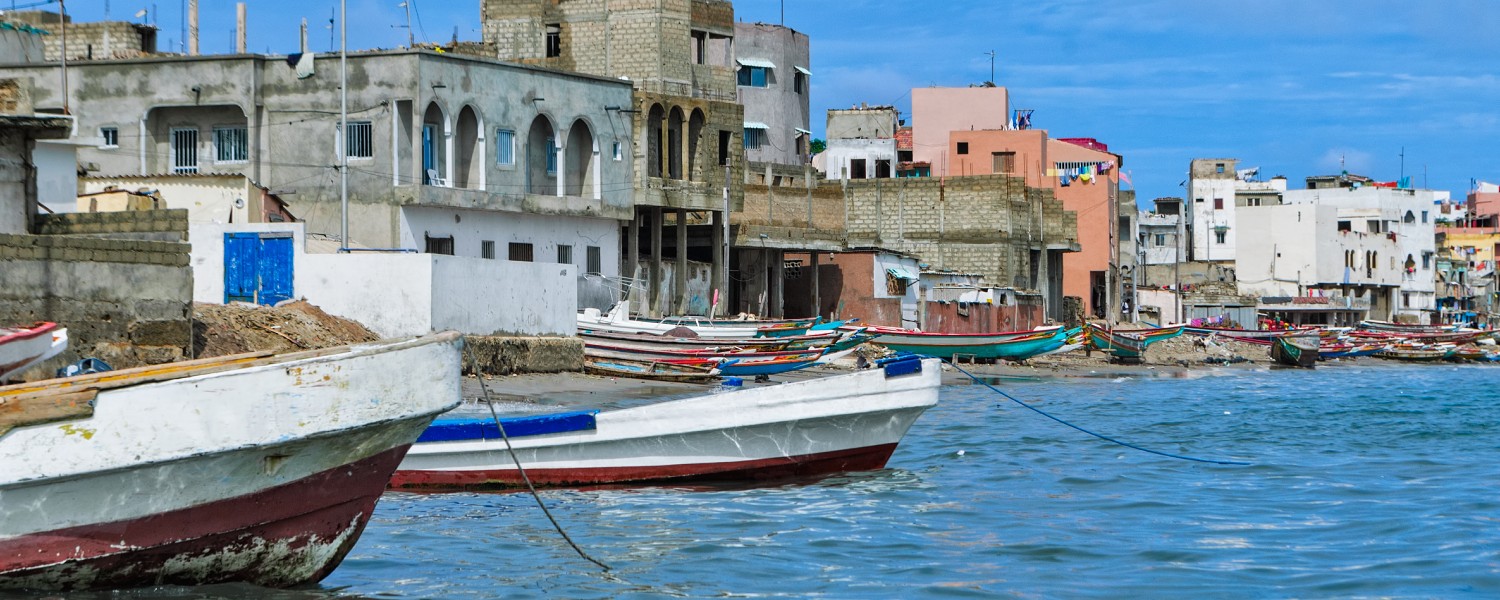
Passport / Visa
Citizens of the following countries can visit Senegal visa-free for a stay of up to 90 days: the European Union citizens, Benin, Brazil, Burkina Faso, Canada, Cape Verde, Central African Republic, Congo, Côte d'Ivoire, Djibouti, Gambia, Ghana, Guinea, Guinea-Bissau, India, Japan, Kenya, Liberia, Malaysia, Mali, Mauritius, Niger, Nigeria, Sierra Leone, Singapore, South Korea, Togo, Tunisia, United States. They need a passport that is valid for at least 3 months from the date of arrival.
Citizens of most other countries can obtain a 30-day visa on arrival, provided their passport is valid for at least the next 6 months.
Note that evidence of return or onward travel may have to be presented in order to enter the country. A certificate of vaccination against yellow fever might also be necessary if travelling from endemic countries.
If you're not sure whether or not to apply for a visa, we recommend that you contact the embassy or consulate in your country.
Read more











